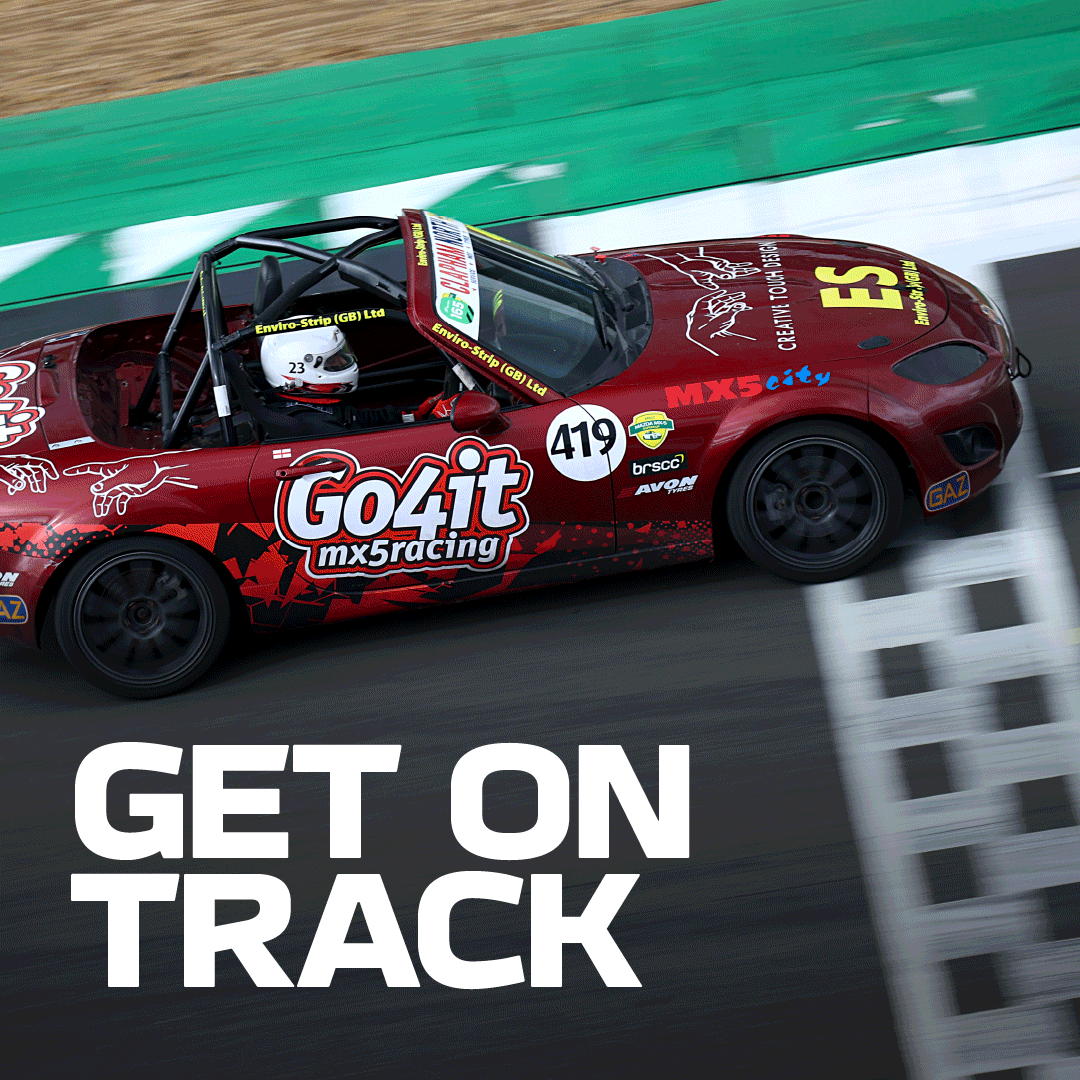
Why Mercedes Keeps Struggling To Get Its Tyres To Work
12 August 2020TYRE TROUBLE HIT MERCEDES FOR THE SECOND WEEKEND IN A ROW AT THE F1 70TH ANNIVERSARY GRAND PRIX. MARK HUGHES EXPLAINS WHY THE TEAM IS STRUGGLING, WHERE OTHERS SEEM TO MANAGE.
12.08.20
By Mark Hughes
Same track, seven days later and an entirely different race unfolded. Max Verstappen broke Mercedes’ dominance of the season to date, his Red Bull-Honda taking clinical advantage of severe tyre blistering on the Mercs.
Valtteri Bottas and Lewis Hamilton had led away from the front row and on the first couple of laps put plenty of distance on Verstappen like this was just any other 2020 grand prix. But as early as the third lap, they knew they were in trouble. The blistering began on the fronts but when it migrated to the rear, there was little that could be done.
2021 FORMULA 1 BRITISH GRAND PRIX TICKETS ON SALE HERE
Those circumferential rings of melting medium-compound rubber dictated the Mercedes pace while Verstappen on his hard compounds hovered around the back of them like a wasp until they peeled off for fresh tyres. He proceeded to do a first stint twice as long as Bottas’ and followed up with an overtake on his out-lap to put himself in control of the race. From there, he made it look simple. The Mercs could do nothing about him, limited by how the car was treating the tyres.
The move to a softer range of compounds imposed a two-stop strategy on most of the field, including the Mercs and Verstappen. In the middle stint, with the Red Bull now on the medium tyre and the Mercs the hard, we waited to see if the situation would invert. It did not; the Red Bull was still problem-free, the Mercs were blistering the harder rubber regardless, Bottas especially. Verstappen managed his pace a little, but controlled the gap back to the Mercs, staying just out of reach. When Red Bull saw Merc preparing to bring Bottas in for fresh hards, it did the same – so as to cover off the Mercedes challenge. From there, Max pulled away to win by over 11sec.
Bottas later questioned the timing of that second stop, reckoned they’d been ‘sleeping’ and should have stayed out. But it would have changed nothing relative to Verstappen, who had the pace and tyre usage to have stayed out as long as was required. It did mean, however, that Merc was able to see that the blistered tyres that came off Bottas’ car still had plenty of tread left on them. So it would have been safe to have run them longer. In addition Hamilton, who’d dropped back from Bottas in trying to nurse the rubber, wasn’t suffering quite so much and so was encouraged to stay out. He manged to eke out an extra 10 laps, long enough to consider switching to a one-stop and trying to defend the lead from the advancing Red Bull. But there was no way a set of tyres was going to do 38 laps on a Merc and that plan was surrendered with 10 laps to go. Rejoining on much much fresher tyres, he was able to devour the gap to Bottas and pass on track, but Verstappen was long-gone.
So what was responsible for this startling turnaround from the Mercedes superiority of just a week ago?
Mercedes in high temperatures
There had already been warnings. In the very hot Friday practices of both the Styrian and British Grands Prix, the Mercs were struggling for pace. The hotter the track, the softer the compound becomes and if the tyre is at all on the soft side for the demands of the track layout, the Merc finds the problem first.
Neither Pirelli nor Mercedes fully understands why this is so, but it could simply be that its downforce overwhelms the tyre’s core, creating more heat, offering less support for the tread which in turn overheats.
This medium here was last week’s soft. The soft here was way too soft and almost unused in the race. The track temperature was a few degrees higher than last week. That was enough to put Mercedes in trouble.
More downforce will usually protect the surface of the tyre. But not if it’s overwhelming the core. While that would explain why the Merc was struggling in those hot Friday practice sessions in previous events and perhaps why it was the first to suffer the deflating front left last week at Silverstone, it doesn’t really explain why the problem was with the rears this time around.
Which leads us onto:
Protecting the left-front
Mercedes, like most teams, ran a smaller rear wing this week than last. With the big downforce created by the underbodies of these cars since 2017, Silverstone has become a lower wing level track. The more the underbodies produce, the more the wing levels can be trimmed back without it impacting too much on the lap time.
Reducing it slightly for the softer tyres of the 70th Anniversary race made sense. It would allow a lower angle to be run on the front in balancing the car, thereby imposing a little less strain on the left-front that proved so problematical last week. Furthermore, Pirelli had imposed higher minimum pressures this week, to protect the tyre’s structure. A very high 27psi front would reduce grip and thereby load.
Practice on Friday afternoon suggested Merc had reached a good compromise. Even with a track temperature of over 42-deg C, they did good long runs and were comfortably quickest over a single lap. But inspection of the long run medium tyres afterwards revealed a worrying fact. The wear of the front-left was extreme. The temperatures were being better controlled with these pressures and wing levels, but at the expense of wear rates that weren’t feasible for the race.
Mercedes would need to protect the left-front and for Saturday made a few subtle changes. In protecting the left-front, they increased the load on the rears. Which, it turns out, the rears couldn’t withstand. There was not, in other words, a window in which the Merc could balance out the loads between front and rear.
There was no such problem on the Red Bull – or on any of the others, really. Only Nico Hülkenberg, who’d qualified the Racing Point a great third. He was forced into a late third stop after a rear blister suddenly worsened, dropping him from fifth to seventh behind team-mate Lance Stroll. But Charles Leclerc managed to one-stop his Ferrari in a beautiful drive that rewarded him with fourth place, in strong contrast to the troubled race of team-mate Sebastian Vettel who spun at the first corner, rejoined last and struggled home 12th.
Next we head to Barcelona where the forecast is scorching and the circuit layout demanding of the tyres, with a very delicate balance between front and rear tyre load. Sounds worrying for Mercedes, promising for Red Bull.








